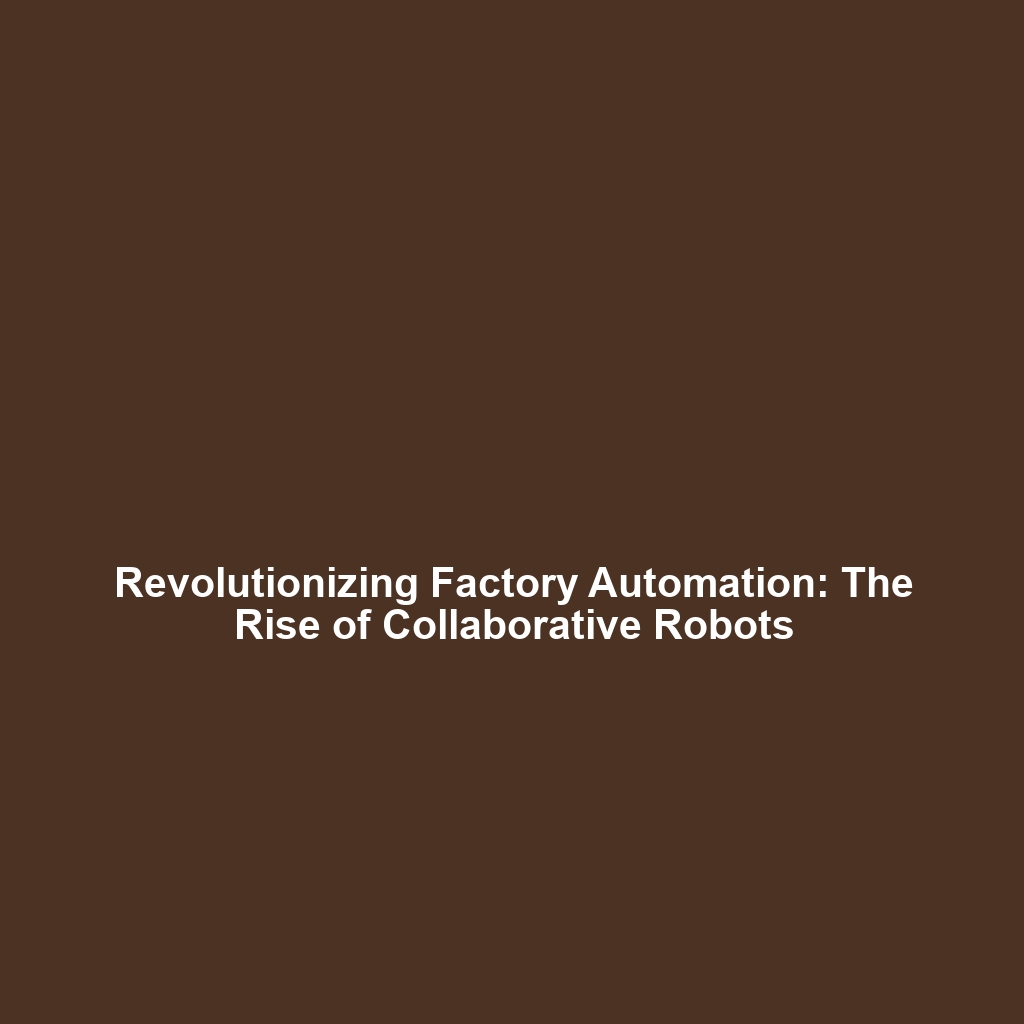Case Studies of Humanoid Robots in Job Replacement and Enhancement
Introduction: In recent years, humanoid robots have emerged as pivotal players in various industries, revolutionizing how jobs are performed. These advanced machines not only enhance productivity but also replace human labor in specific contexts. Understanding the case studies where humanoid robots have either replaced or enhanced human jobs is essential for grasping their significance within the broader context of automotive manufacturing, healthcare, and customer service. As we dive into this topic, we will uncover the potential benefits and challenges of integrating humanoid robots into the workforce.
Key Concepts
The study of humanoid robots involves several key concepts:
- Definition of Humanoid Robots: Humanoid robots are designed to resemble the human form and perform tasks typically associated with human labor.
- Job Replacement vs. Job Enhancement: While some robots entirely replace human workers, others are implemented to augment their roles, allowing for greater efficiency.
- Automation Impact: The rise of automation through humanoid robots has significant implications for the workforce, changing job dynamics and labor requirements.
Applications and Real-World Uses
Humanoid robots have found applications across various sectors. Here are notable examples:
- Healthcare: Robots like ASIMO have been used in hospitals to assist with patient care, from delivering medications to providing companionship.
- Manufacturing: Companies such as Honda employ humanoid robots for assembly lines, enhancing precision and reducing human error.
- Customer Service: Humanoid robots like Pepper are utilized in retail environments, greeting customers and providing information, illustrating how humanoid robots enhance human roles in customer interactions.
Current Challenges
Despite the advancements in humanoid robots, several challenges remain:
- High Costs: The initial investment in humanoid robot technology can be prohibitively expensive for many businesses.
- Technical Limitations: Current humanoid robots often lack the physical dexterity and decision-making capabilities of humans, limiting their utility.
- Workforce Resistance: Employees may resist the introduction of robots due to fear of job loss, necessitating careful management of workplace dynamics.
Future Research and Innovations
Looking ahead, several innovations and research areas stand to shape the future of humanoid robots:
- Artificial Intelligence Integration: Enhanced AI will empower robots to understand and execute complex tasks more effectively.
- Improved Human-Robot Interaction: Research is focused on developing more intuitive interfaces for better collaboration between humans and robots.
- Prototyping Next-Gen Models: Innovations in materials and sensors promise to produce more agile and capable humanoid robots.
Conclusion
In summary, the case studies surrounding humanoid robots that have replaced or enhanced human jobs underline their transformative potential across industries. This continued evolution will impact the workforce landscape profoundly. As we move forward, it’s essential for industries to explore the integration of humanoid robots thoughtfully and strategically. For more information on humanoid robotics, visit our detailed articles on automotive applications and healthcare advancements.

